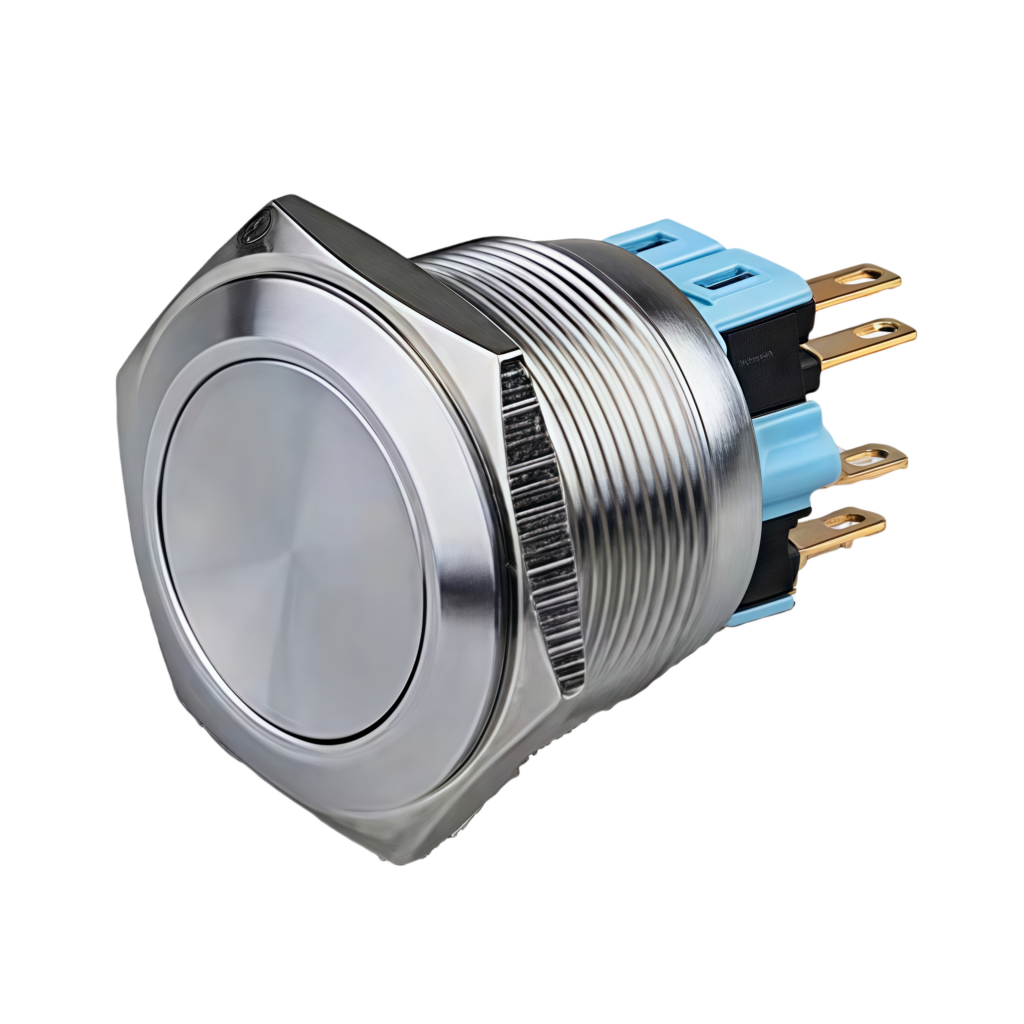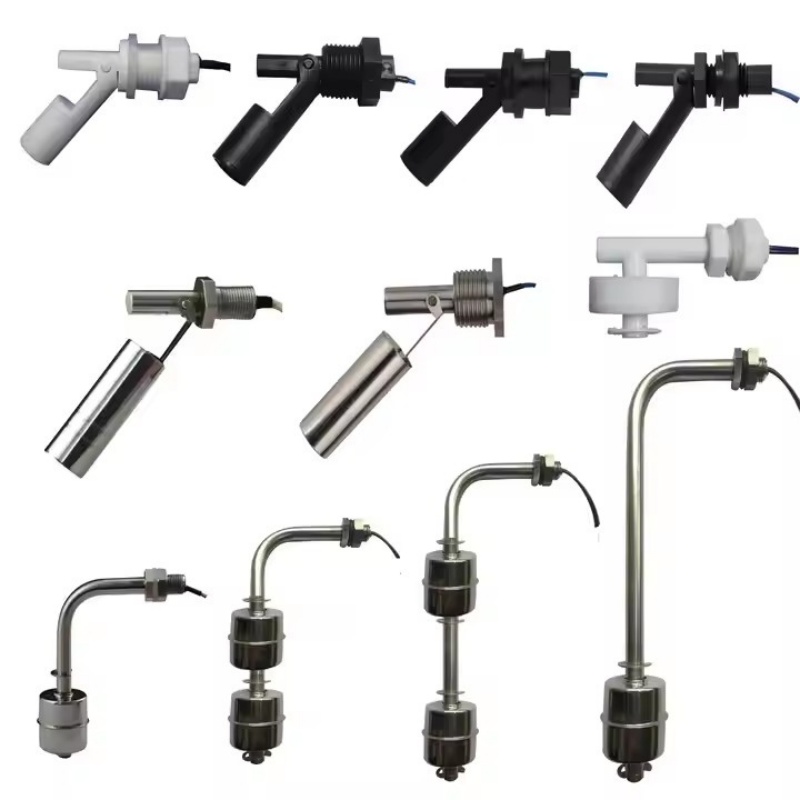Metal push button switches are electromechanical devices designed to control circuits by completing or interrupting electrical connections through physical pressure. Unlike plastic variants, their housings and actuators are constructed from metals like stainless steel, aluminum, or brass, providing superior durability, corrosion resistance, and heat tolerance. They come in various configurations: momentary (spring-return) or latching, illuminated or non-illuminated, and with different contact ratings (e.g., 5A/250V AC).
A typical metal push button switch consists of:
Actuator: The button pressed by the user, often textured for grip.
Contacts: Conductive materials (silver, gold-plated) that close/open the circuit.
Housing: Metal body protecting internal components from environmental stress.
Terminals: Connection points for wiring (screw, solder, or quick-connect).

Why Choose Metal Over Plastic?
While plastic switches dominate consumer electronics, metal push button switches excel where reliability is non-negotiable. Here’s why:
Durability:
Resistant to impacts, UV exposure, and abrasion.
Withstand temperatures from -40°C to 120°C, ideal for outdoor or industrial settings.
IP67/IP69K-rated options available for waterproof and dustproof performance.
Safety:
Fire-resistant materials reduce ignition risks in high-temperature environments.
Anti-vandal designs deter tampering in public installations (e.g., ATMs, ticket machines).
Longevity:
Metal contacts offer lower resistance and minimal wear over millions of cycles.
Corrosion-resistant finishes (e.g., zinc plating) ensure performance in humid or chemical-heavy areas.
Aesthetic Versatility:
Brushed, polished, or powder-coated finishes align with modern industrial design.
Custom engraving options for labeling (e.g., “START,” “EMERGENCY STOP”).

Key Applications Across Industries
Metal push button switches are the go-to solution for demanding environments:
Industrial Automation
Control panels for CNC machines, conveyor belts, and robotic arms.
Emergency stop (E-stop) switches with mushroom-head actuators for quick shutdowns.
Transportation
Railway signaling systems, aircraft cockpit controls, and marine equipment.
Vibration-resistant designs for heavy-duty vehicles.
Energy & Infrastructure
Power grid switches, wind turbine controls, and oil rig instrumentation.
Explosion-proof models for hazardous locations (ATEX/IECEx certified).
Medical Devices
Sterilizable stainless steel switches for surgical equipment and MRI machines.
Consumer Tech
High-end audio systems, gaming peripherals, and smart home interfaces.
Types of Metal Push Button Switches
Momentary vs. Latching
Momentary: Activates only while pressed (e.g., doorbells, keyboard keys).
Latching: Maintains state after release (e.g., power switches).
Illuminated Switches
LED-integrated buttons for status indication (color-coded for “ON,” “FAULT,” etc.).
Options for AC/DC illumination and customizable brightness.
Anti-Vandal Switches
Reinforced stainless steel actuators resistant to deliberate damage.
Common in kiosks, parking meters, and public utilities.
Sealed Switches
O-rings and epoxy-sealed terminals for washdown environments (food processing, pharmaceuticals).

Critical Selection Criteria
Choosing the right metal push button switch requires evaluating:
Electrical Ratings
Voltage/current compatibility (e.g., 12V DC for automotive, 480V AC for industrial).
Contact material: Gold-plated for low-voltage signals, silver alloys for high-current loads.
Environmental Factors
IP rating: IP65 for dust/water resistance, IP69K for high-pressure cleaning.
Chemical resistance: Anodized aluminum for acidic environments.
Mechanical Requirements
Actuator travel distance (short-throw for rapid response).
Operating force: 2–5N for delicate controls, 10N+ for gloves-friendly industrial use.
Certifications
UL, CE, RoHS compliance for regulatory approval.
MIL-STD-810G for military-grade shock/vibration tolerance.
Installation & Maintenance Best Practices
Wiring Tips
Use crimp connectors or soldered joints to prevent loosening from vibration.
Label terminals clearly to avoid miswiring in complex panels.
Mounting
Ensure panel cutouts match switch dimensions (standard sizes: 16mm, 19mm, 22mm).
Apply threadlocker to nuts in high-vibration setups.
Longevity Hacks
Clean contacts periodically with isopropyl alcohol to prevent oxidation.
For illuminated switches, replace LEDs per manufacturer lifespan guidelines (typically 50,000+ hours).
The Future of Metal Push Button Switches
As industries embrace IoT and automation, metal push button switches are evolving:
Smart Integration: Embedded sensors for predictive maintenance (e.g., detecting contact wear).
Haptic Feedback: Tactile response customization via programmable actuators.
Hybrid Designs: Modular switches combining metal durability with touchscreen interfaces.

